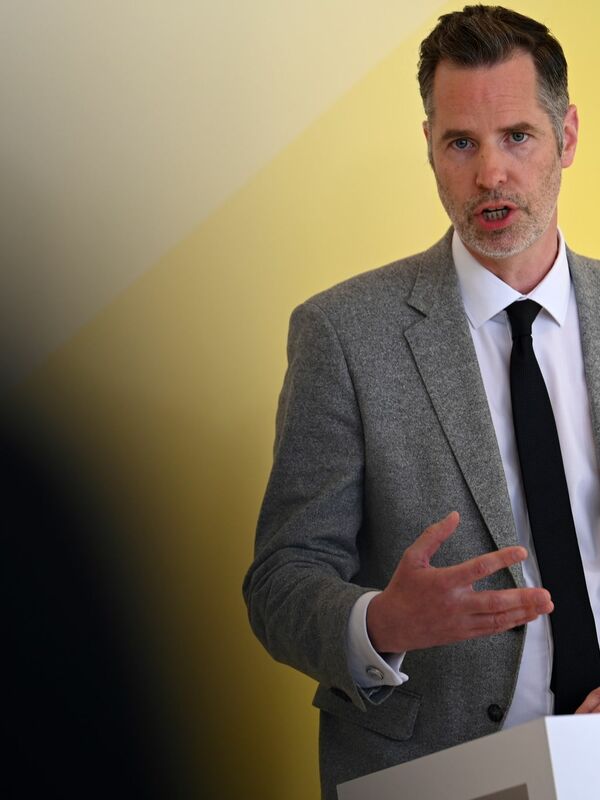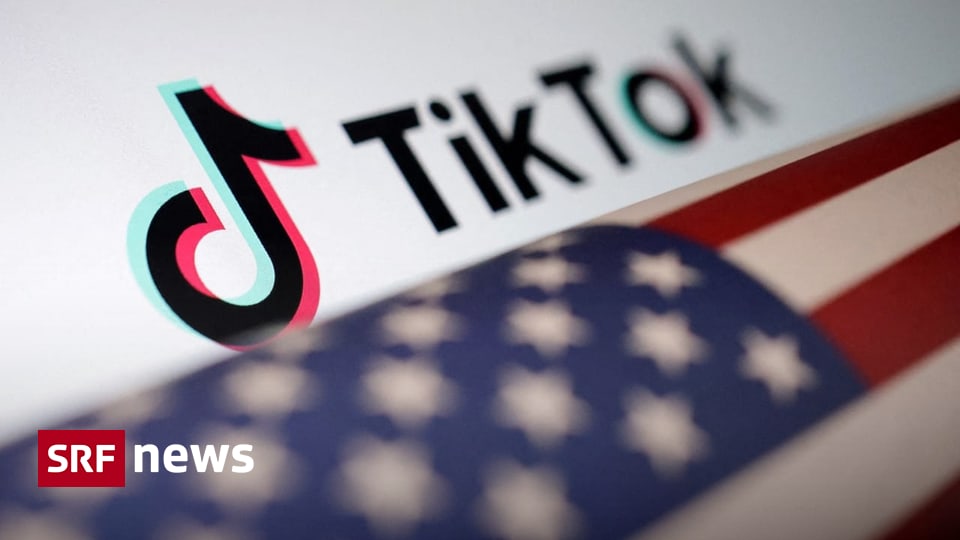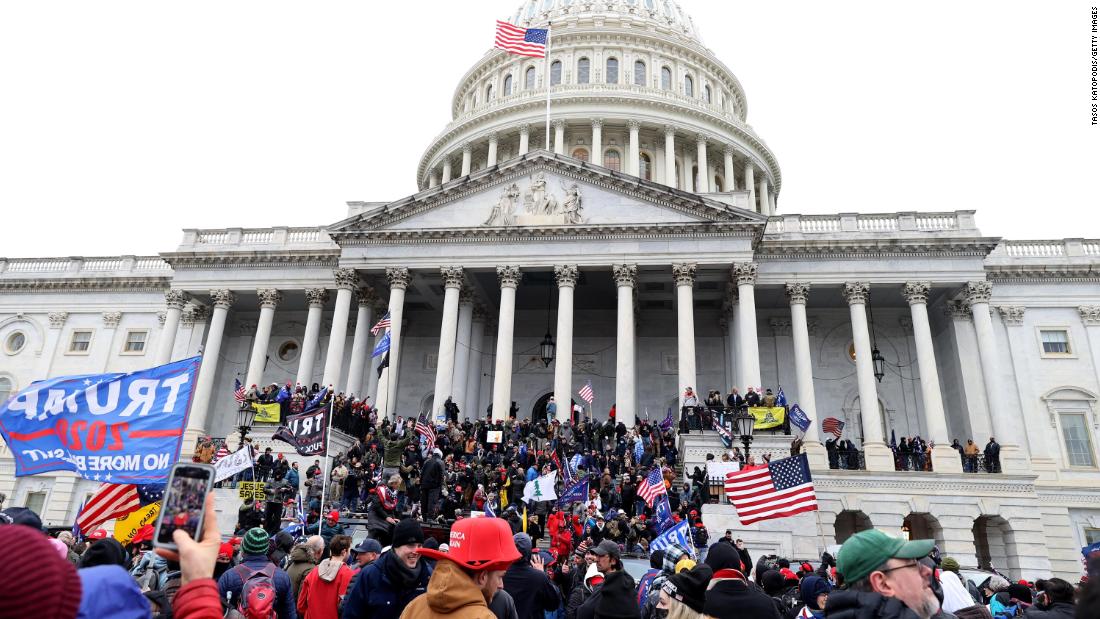When a crowd of President Trump’s supporters stormed the US Capitol on Wednesday, they were confronted with a much smaller police presence – and by the end of the day, far fewer rioters had ended up in custody.
The stark disparity in arrests came despite more officers in the capital being injured during the Capitol chaos, which left five people dead, including one police officer.
Even including the 14 additional people arrested by the US Capitol Police, a separate agency, the number of people arrested by both agencies amidst the unrest on Wednesday was less than a quarter of those arrested by city officers alone on June 1.
Activists in the capital said they were shocked that the deadly attack on the heart of American democracy resulted in far fewer people in police custody than the clashes that erupted during protests against law enforcement brutality.
“It’s very insulting to racial justice activists who were calling attention to black souls lost,” said Anthony Lorenzo Green, one of the activists leading the group Black Lives Matter DC. “The way they chose to secure the Capitol was to let everyone go – they let these people go back on our streets.”
If the protesters tried to enter the Capitol building instead of the predominantly white pro-Trump crowd, Green said, “we will be shackled, we will be taken away, we will shoot, we will die.”
Less arrests, more officer injuries
No law enforcement officers were killed in the capital while responding to protests and riots over the summer.
Of course, the protests during the summer and the Capitol revolt this week were very different events – for example, there were likely to be many more protesters spread over a wider area of the city last summer than there was on Wednesday.
MPD spokeswoman Christine Metzger said the administration did not make further arrests Wednesday in part because, unlike the summer protests, a curfew had not been announced in the city prior to the incident.
Metzger said to CNN: “When we announce (curfew) in advance, we have enough resources to bring people into trucks and we are ready to make mass arrests.” “Since this was done late in the day, we were not prepared to make mass arrests like this until the curfew was imposed later that afternoon.”
Metzger also indicated that the Capitol is the jurisdiction of the US Capitol Police and that district police were only called in to help after protesters breached the building’s security.
“At that point, it was just a matter of getting the situation under control and getting them out of the Capitol building,” she said.
“We are a city that deals with mass demonstrations all the time,” Hopkins said. “For any law enforcement agency in this city to say they were caught by feet or that they did not know what was to come was just an unbelievable mistake.”
There are likely additional arrests linked to the Capitol intrusion. Michael Sherwin, the acting US attorney general in the capital, said on Thursday that federal officials plan to review social media footage of the clampdown and arrest the people they identified. Sherwin said federal prosecutors have already indicted 15 people.
Capitol protesters face less harsh charges
So far, at least, there are also marked discrepancies in the seriousness of the charges against Capitol detainees and those arrested during the summer protests.
Most of the people arrested on Wednesday have been arrested for violating curfews or illegal entry. The Metropolitan Police arrested only one person for a charge that specifically listed it as a felony: a 39-year-old man accused of rioting and illegal entry into the Capitol. His arrest does not necessarily represent all of the criminal arrests that took place on Wednesday, as the Metropolitan Police did not always include this information in their statements. It is possible that more people will face criminal charges as prosecutors advance their cases.
The office of Metropolitan Mayor Muriel Bowser did not respond to requests for comment on the disparity in arrests and charges. Boozer criticized the federal response to the revolt, noting at a press conference on Wednesday that “we saw a different position being used” by federal officials compared to the very military response to the summer protests.
President-elect Joe Biden focused on racial disparities in a speech on Thursday, saying, “Nobody can tell me that if a group of important blacks were protesting yesterday, they would not have been treated very differently from the mob of thugs who stormed the Capitol.”
Data from the police department also shows that people arrested during the Black Lives Matter protests were more local than those arrested this week, most of whom poured into the capital from elsewhere across the country.
Of the detainees whose status of residence was available, police data showed that 94% of those arrested between late May and August were from the capital, Maryland, or Virginia. Only 25% of those arrested Wednesday or early Thursday morning were from the same area.
Hopkins, the executive director of the American Civil Liberties Union, said the contrast between the treatment of “fanatics of whites who come to our city” and black protesters was a perfect example of the disparities in policing.
Events show that police reformers must pay attention “not only to what the police do, but also when officers choose to do something and when they choose not to do anything.”

“Communicator. Entrepreneur. Introvert. Passionate problem solver. Organizer. Social media ninja.”





More Stories
Great Britain wants to immediately deport asylum seekers without valid documents to Rwanda in the future.
Great Britain wants to increase defense spending to 2.5 percent of GDP
SWR and School of the Future / Journalist Frank Seibert looks for new school models in Dresden, Winnipeg (Canada) and Essen